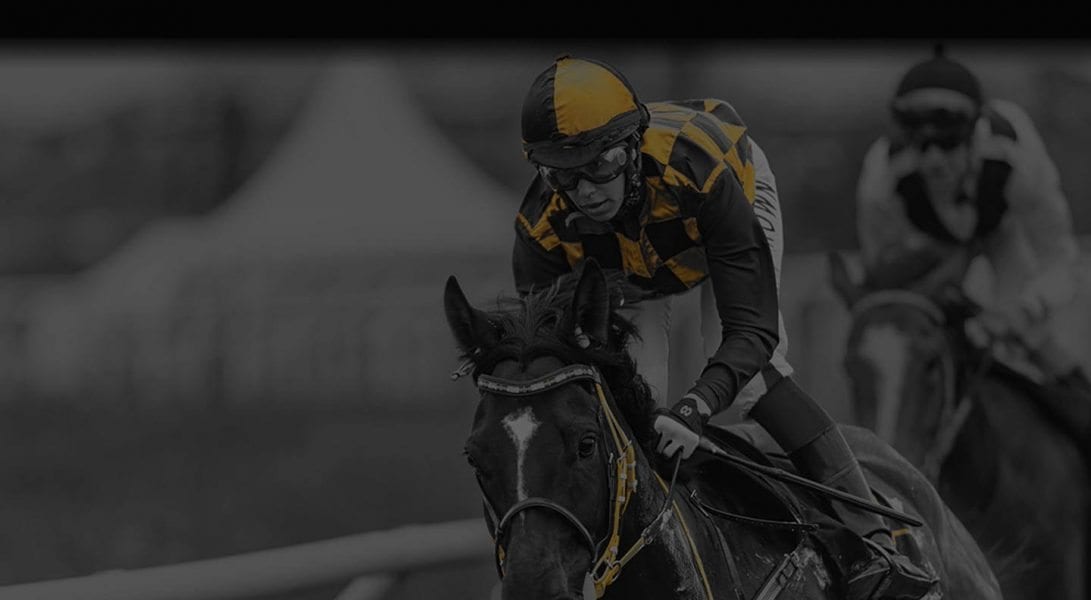The shrinking world of international horse racing
As I write this article, 15 horses are lining up in today’s Japan Cup over in Tokyo. There are only two international raiders lining up though, a far cry from previous years.
In two weeks time, many international gallopers will be lining up at Sha Tin in Hong Kong to participate in the four Group 1 events taking place. However only one of those is an Australian horse. You might be asking why such a small number from a horse racing mad nation such as ours? There is a reason for that, and I’ll eventually get to it.
International Territories
For many years regionalized and local horse racing industries have been just that. Mostly self contained.
For nearly a century, Australia and New Zealand were considered one single entity, though it’s been more a case of New Zealand horses coming to Australia to race rather than the other way around.
In Great Britain, Ireland and England have been one entity and then of course they’ve been able to spread out to the other parts of Europe where horse racing is popular such as France, Germany, Italy and Sweden.
In North America, it’s a very big industry over there which has been well underway for decades. Horses can traverse the east and west coast of the USA as well as venture up to Canada if and when the occasion arises.
In Asia, there are five specific markets. Singapore, Malaysia, Hong Kong, South Korea and Japan. However, it’s only within the last 20-30 years that the Asian territories have opened up to each other.
Other significant horse-racing territories across the globe include South Africa, Mauritus, India, United Arab Emirates, Argentina and Chile.
The International Spread
It is only in recent times that there has been a lot of cross-pollination of horse racing interests to various parts of the world. The biggest one by far is the Godolphin operation, but more recently we have seen the likes of Yulong Investments and the China Horse Racing Club building larger profiles.
This all starts at the various yearling sales around the world, for which Australia and New Zealand have a very strong presence and reputation. You can see through the various breeding lines of the top horses around the world where their pedigree stems from.
Horse racing is no longer a local business. There is big money involved, and global entities are building a portfolio of their businesses when it comes to breeding, owning, training and racing top line horses.
As a result, you now see the proliferation of overseas horses competing in high-profile races away from their home base, and as we’ve seen in Australia this year, there was a very high number of gallopers that arrived from Ireland, England, France and Japan.
The obvious attraction from an Australian perspective is the excellent prize money on offer here. In some cases invitations had to be issued, as in the case of the WS Cox Plate, but mostly, nominations for the top races are known months in advance.
Australia also has good facilities and usually the weather is pretty kind for most of the international raiders while they are here. Unfortunately, Melbourne Cup week wasn’t a good example, which changed from a good 3 on VRC Derby Day to a soft 7 on cup day three days later. The less said about Sydney’s inclement weather for their big race days the better.
The Travel Bug
Australian pundits would still be asking why there is next to no participation of Australian and New Zealand horses going to North America to race and vice versa the horses coming down under? Other than three notables including Phar Lap, Shannon and Daryl’s Joy going over to the USA, the participation has been zero.
But in Europe there is a huge influx of transatlantic travelling going on, with many of the top line horses From Ireland, England and France regularly turning up to some of the big meets over there, including the Breeders Cup.
I guess it all boils down to scheduling, and whether trainers decide to send their horses across to North America or come down to Australia during the late Northern Hemisphere summer.
Unfortunately the laws which govern the use of medications and drugs on racehorses is slightly different in North America than it is down under. I’m pretty certain that if North American horses arrived in Australia, they would be under heavy scrutiny from officials. The drug laws here are very strict.
Though many of these internationals are seasoned travellers, it doesn’t mean that things are easy for them once they arrive, particularly a long haul flight out of London to Melbourne. But still, trainers see the benefits in lucrative races down under and will go away plotting their next course of action into the 2019 season.
Hong Kong Phooey
Now, let’s look at Hong Kong. A nasty set of events has built up since new quarantine restrictions out of Australia came into force some months ago. The situation between horses travelling to and from Hong Kong has devolved into a nightmare. So much so that it’s nearly impossible to send horses between the two countries due to quarantine and equine virus concerns in Hong Kong.
You can go, so it’s not totally impossible, though the penalty is a 6 month stand down when a horse returns to Australia. This applies to the miler Comin’ Through, who has gone up there as our sole representative. What a champ! Taking one for the team!
Quarantining is more an issue for Australian officials, who are concerned about the Conghua Training Centre in mainland China, resultinh in a severely tightened up restriction coming out of China/Hong Kong.
This has caused huge problems both in Australia and Hong Kong. In a tit-for-tat war, The Hong Kong Jockey Club (HKJC) has refused to come to Australia to buy bloodstock which has seen Hong Kong investment reduced to a trickle, impacting the overall sale prices in the sales ring.
Also, the HKJC has prevented wagering on Australian races being simulcast up in the Territory, meaning no money is being invested locally, which also means no revenue flowing back to the Australian Turf Club (ATC) and Racing Victoria (RV) for their big race days. That drastically impacts the bottom line.
Not quite finished putting the boot in, the HKJC has also put in place restrictions on their top jockeys to be riding down in Australia. They now need to gain special permission to ride in certain races only, these would be the top 100 rated events by Longines, such as the Caulfield and Melbourne Cup. So you won’t see Sam Clipperton, Chad Schofield or even Douglas Whyte riding here anytime soon.
Zac Purton was the only jockey to gain exemption during the Australian spring, mainly because one of the horses he was riding (Red Verdon in the Caulfield Cup) was owned by the HKJC Chairman. Talk about the pot boiling the kettle black!
Where to now?
So clearly it’s not just about the horses being able to travel, but the jockeys too. Plus, when you factor in the variations and practices of administering medications to horses, the industry is not as seamless as many would like to believe.
Even though the world is shrinking in terms of international participation, there are still many hurdles to be jumped and issues to be dealt with before it is a truly equitable global scene with everyone reading off the same page.
Yes, good luck with that.





